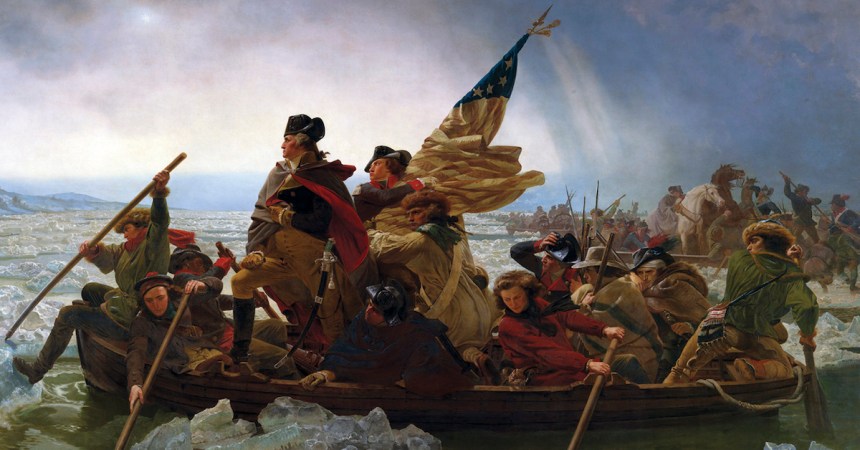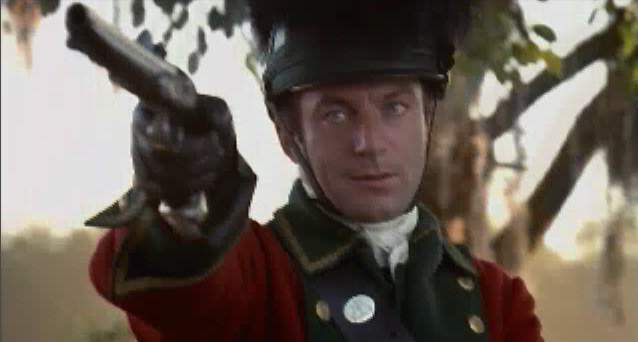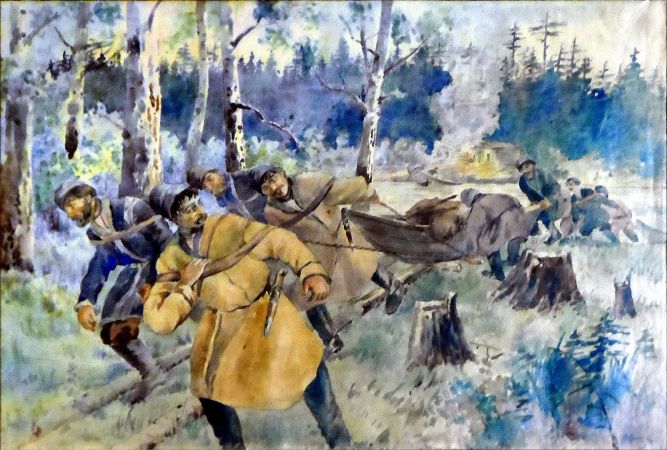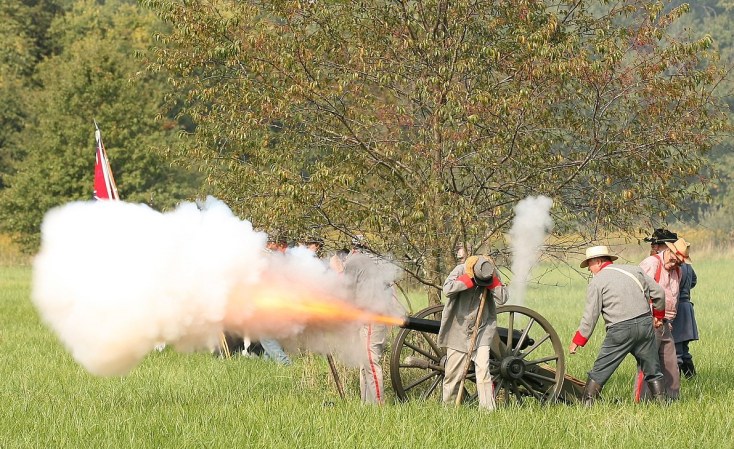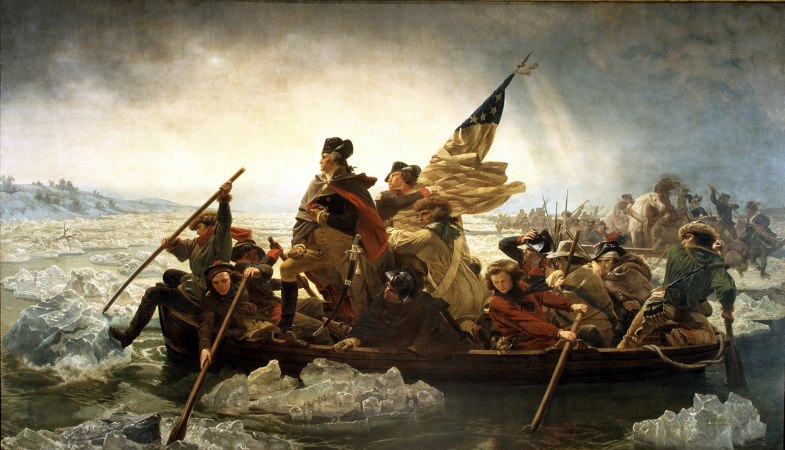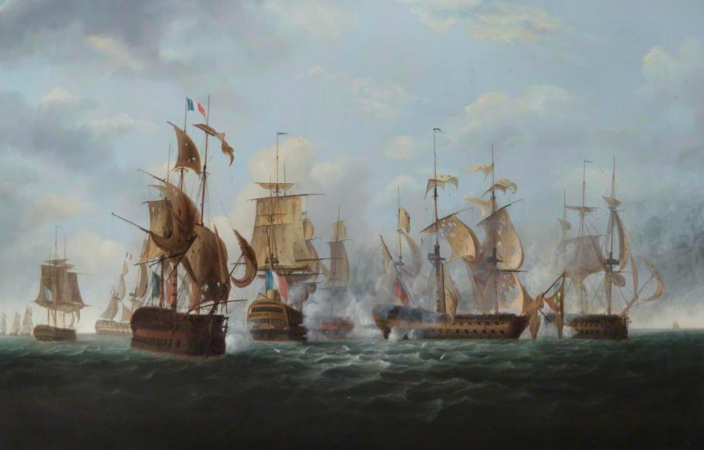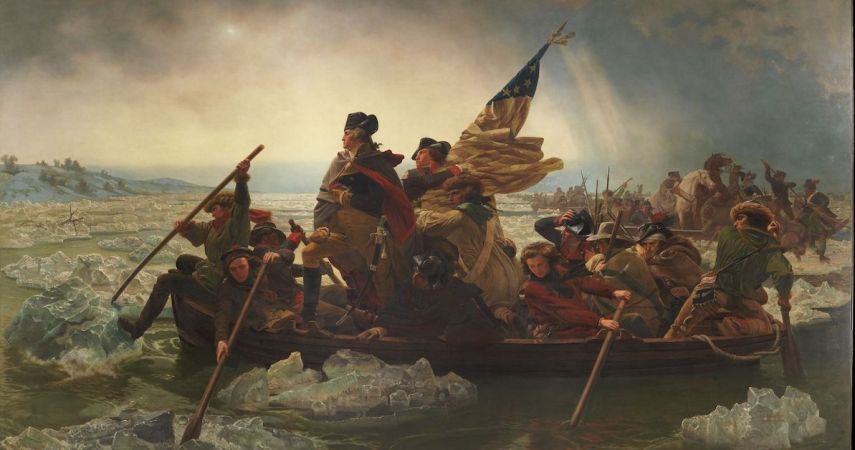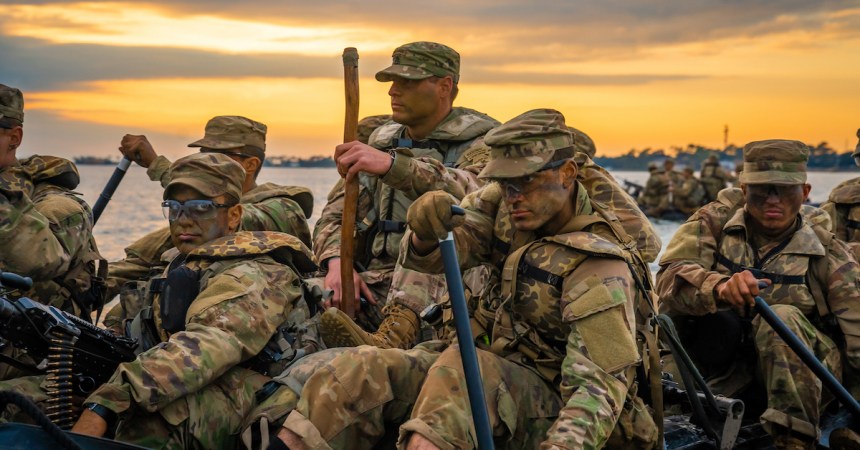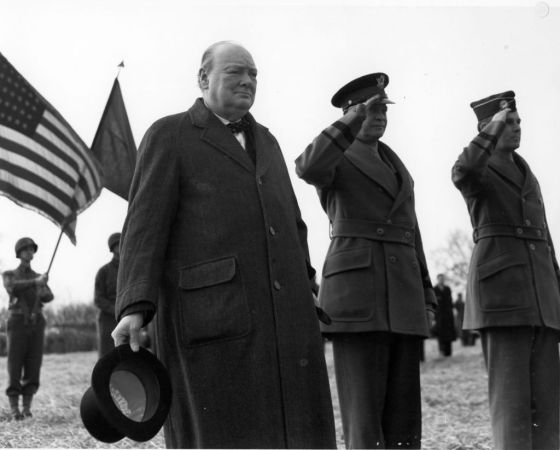Conrad Heyer crossed the Delaware with George Washington. He was also the earliest-born person, one of only a handful of Revolutionary War veterans, to be photographed. But there is one important historical inaccuracy in the legend of Conrad Heyer that may not add up.
Heyer was born an American in the Massachusetts Bay Colony (now the State of Maine) around 1749. He sat for this photo in 1852, at age 103. In that time, he saw the young republic finish the British off during the American Revolution and fight them, again, to a draw in the War of 1812. He saw President Jefferson purchase Louisiana and watched President Polk and the U.S. Army defeat Santa Anna in the Mexican-American War of 1847.
In his 107 years of life, he saw 15 Presidents of the United States, 31 colonies and territories become U.S. states, and barely missed the start of the Civil War.

Although this is not the earliest photo of an American, Heyer was the earliest-born American to be photographed (and this is actually a daguerrotype — an early kind of photography).
In the telling of Conrad Heyer’s Revolutionary War tale, however, people have been adding one detail for decades that just might not be true: that Conrad Heyer crossed the Delaware with General Washington in 1776.
Washington’s daring plan to attack Hessian mercenaries in Trenton on Christmas, 1776, was audacious and dangerous. Any troop who fell into the icy river would likely die — and two of the three flat boats set to make the crossing didn’t even make it. Somehow, Heyer was counted among those in Washington’s boat, according to the Maine Historical Society.

The Journal of the American Revolution did some digging into Heyer’s story. They went back to the sworn testimony Heyer gave years after the Revolution when applying for a veteran’s pension.
In 1818, Congress allotted funds to give pensions to veterans of the Continental Army who were struggling financially. Applicants had to prove their service either by enlistment documents or sworn testimony of those they served with. Don N. Hagist went back to the National Archives for the Journal of the American Revolution and found Heyer’s original sworn testimony, along with the support of his officers.
Heyer did serve in the Continental Army, but his testimony states he served for a year, starting in the middle of December, 1775. But Heyer says he was discharged in December 1777. This could allow for Heyer to have served at the Battle of Trenton. The records of Heyer’s unit, the 25th Continental Regiment, indicate that the unit served in Canada and was disbanded in New Jersey in 1776.
It looks like the year 1777 was a mistake made by the person who wrote Heyer’s pension deposition, as mentions of Heyer and his unit disappear into history a year earlier.

If he was discharged in Fishkill, New York, as records show, then there is little chance he could have been at the Delaware River crossing in time to join Washington by Christmas, even if he did re-enlist.
But by the time he died, his obituary claimed he’d served three years in the Revolution. Heyer, in reaffirming his pension claim in 1855, swore that he served those three years and was also at the Battle of Saratoga, being present to see General John Burgoyne surrender to Horatio Gates and was later part of Washington’s “bodyguard.”

This is where Heyer could be correct — there is no complete list of members of General Washington’s guard corps. The guard was hand-picked from members of Washington’s field army.
But never once did Heyer ever swear that he was with Washington at the Delaware Crossing.
See Conrad Heyer’s pension statements at the Journal of the American Revolution.






